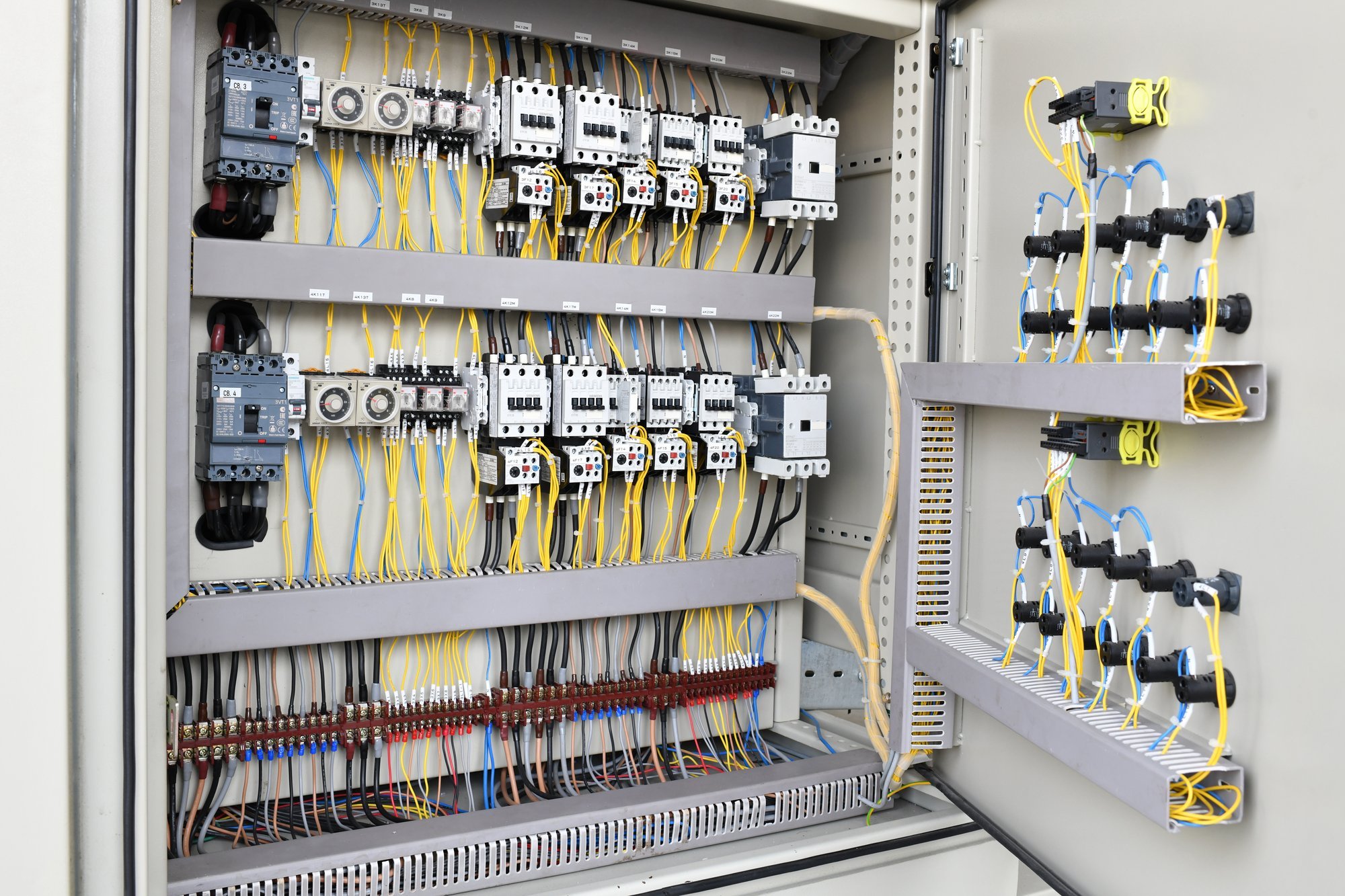Your Guide to 200 Amp Circuit Breaker Wire Size | AWG Table
Embarking on a journey to determine the appropriate wire size for 200 amp breaker? This comprehensive guide breaks down the essentials, making the process a breeze.
This guide aims to simplify the complexities of the AWG and the requirements for a 200 amp circuit breaker. No matter your experience level, we'll provide you with the support you need to start.
Get to Know AWG
American Wire Gauge (AWG), is a standardized system used to measure the diameter of electrically conducting wire. AWG numbers range from 0000 (largest) to 40 (smallest). As the AWG number decreases, the wire diameter increases. For instance, a wire labeled 12 AWG is thicker than a wire labeled 14 AWG.
The AWG system is used throughout the world to specify the size of electrical wires. This standardized approach streamlines the selection process by providing a clear hierarchy for wire sizes.
AWG Table
This is a general guideline, and specific applications may have different requirements. Please note that actual wire sizing should comply with electrical codes and standards. Moreover, you should consult with a qualified electrician for specific applications.
| Breaker Size |
Copper Wire |
Aluminum Wire |
|---|---|---|
| 15 Amps | 14 Gauge | 12 Gauge |
| 20 Amps | 12 Gauge | 10 Gauge |
| 25 Amps | 10 Gauge | 8 Gauge |
| 30 Amps | 10 Gauge | 8 Gauge |
| 35 Amps | 8 Gauge | 6 Gauge |
| 40 Amps | 8 Gauge | 6 Gauge |
| 45 Amps | 6 Gauge | 4 Gauge |
| 50 Amps | 6 Gauge | 4 Gauge |
| 60 Amps | 4 Gauge | 3 Gauge |
| 70 Amps | 4 Gauge | 3 Gauge |
| 100 Amps | 2 Gauge | 1/0 Gauge |
| 200 Amps | 2/0 Gauge | 4/0 Gauge |
What Size Wire for 200 Amp Breaker
For a 200 amp breaker, the minimum recommended wire size is 2/0 AWG copper or 4/0 AWG aluminum. However, 3/0 AWG copper wire is a better option since it has higher maximum ampacity (200-225 amps). This ensures that the wire can safely handle the maximum current load of the breaker, without overheating or posing a fire risk.
The Applications of 200 Amp Breaker
A 200-amp breaker can handle 48,000 watts when used with copper wires and 40,000 watts when used with aluminum wires. This makes them well-suited for a variety of applications in both residential and commercial buildings.
Home Applications
In homes, they use 200-amp breakers for high-demand appliances and circuits. For example electric ranges, electric ovens, central air conditioning units, hot tubs, home workshops, garages with EV charging stations.
Most appliances have their wattage stamped on the nameplate, back, or bottom part. You should check on that, because some appliances from particular brands may require smaller breakers.
Commercial Applications
In commercial buildings, the usage of 200-amp breakers are typically for a wider variety of applications. It includes industrial equipment, commercial kitchens, retail stores, office buildings, and warehouses.
Important Factors Affecting Wire Size
Choosing the appropriate wire size for a specific application extends beyond simply matching the wire to the breaker size. Several factors play a significant role in this decision:
Wire Type
Copper wires are generally the preferred choice because of their superior conductivity and current-carrying capacity compared to aluminum wires. However, if you are seeking for more affordable option, you can consider aluminum wire.
Number of Wires in Conduit
When multiple wires are enclosed in a conduit, they share the same heat dissipation path. Its potentially increasing the risk of overheating. In such cases, its often require a larger wire sizes to ensure adequate heat dissipation.
Distance
Longer wire runs demand larger wire sizes to overcome the increased resistance. If the length of the wire is 100 feet or more, the recommendation is to use larger wire size whether it's copper or aluminum.
Temperature
Higher ambient temperatures can affect the ability of wires to dissipate heat, potentially leading to overheating. In hotter environments, larger wire sizes may be necessary to maintain safe operating temperatures.
Appliance Load
The specific appliances or devices connected to the circuit also influence the required wire size. High-powered appliances, such as electric dryers or stoves, require larger wire sizes to handle their current demands.
Why Correct Wire is Important
Choosing the correct wire size for electrical installations is crucial for safety, efficiency, and compliance. Here's why it matters:
Preventing Hazards. Ensures wires don't overheat, reducing the risk of fire and damage to equipment.
Efficient Power Delivery. Minimizes voltage drop, maintaining stable power for devices and preventing performance issues.
Meet Electrical Code Requirements. Using the wrong size wire can result in a code violation. It'll lead to fines or even the shutdown of your electrical system.
Energy Efficiency. Properly sized wires contribute to energy efficiency, reducing electricity costs and environmental impact.
Reliability. Ensures circuits function reliably, minimizing interruptions and the risk of tripped breakers.
Anticipate future needs. Supports potential expansions or upgrades without the need for major rewiring.
Sum-Up
The minimum recommended for a 200 amp breaker wire size is 2/0 AWG copper or 4/0 AWG aluminum. This ensures that the wire can safely handle the maximum current load of the breaker. Selecting the appropriate wire size is an essential step in ensuring electrical safety, appliance performance, and code compliance.
To ensure the safety of your home or business, it is important to know the factors that affect wire size selection. By doing so, you understand how to choose the right wire. Remember, when in doubt, always consult a qualified electrician for guidance.

